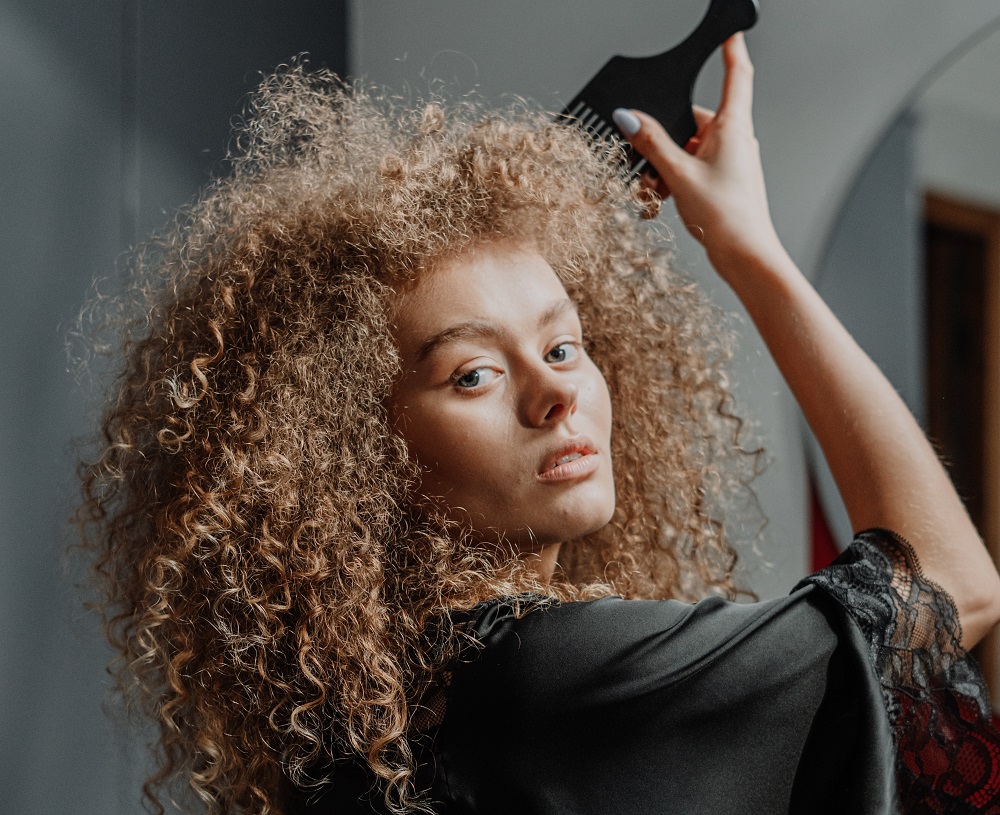Follicular unit extraction is the most performed procedure around the world because it leaves the most modest scars. When a hair transplant surgeon performs Follicular unit extraction, they especially remove a small strip from your scalp. Most of the patient prefers non-invasive or minimally invasive treatment. Thus, FUE technique is the most accepted transplant procedure. With nominal wound. The procedure also takes less time and the downtime also very less, that means patients can expect speed recovery.

But in FUT or Follicular unit transplant procedure, the hair transplant surgeon eliminates a layer from your scalp. Then he breaks the layer or strips into very small units, then he extracts new hair graft from small units. In this case the recovery time is extended than earlier.
Why do scabs form on your scalp after hair transplant procedure?
Before answering the question, we would explain you what is the scab.
At the time of hair transplant procedure, your hair transplant surgeon makes very small incision on your scalp to perform the grafting process which promotes scab formation on your scalp. You need to wait for few days to completely heal the scabs. Normally hair transplant scabs start to appear from 2 -4 days after the procedure.
You may get tensed to see the scabs. But you should not get stressed about that, take this as an integrated part of hair transplant procedure that appears at recovery time. If you wait for some time, you can see that the scabs are fall off within 15 days. Sometimes the scabs do not eliminates automatically. In this situation you can remove your scabs through cleansing your hair with shampoo after certain time.
If you follow this points, it will be easier to deal with post transplant scabs at downtime:
- Never scratch your scalp to remove the scabs
- Do not try to eliminate for one week after hair transplant surgery
- Do not frequently touch your scalp and newly transplanted graft. A simple mistake a damage your surgery
- Do not use nails to eliminate scabs as it may lead to infection, In worse case scenario the graft may get dislodged
- For fist seven days doctor generally suggest to spray normal saline water to keep the area moisturized.
Many times you may observe the new hair comes out withs scabs. This is not the reason of panick because the complication will be cured with time and proper recovery follow-up. You can expect growth of new hair on the grafted area, and get beautiful and natural looking hair spots. As hair transplant is an aesthetic procedure, competent hair transplant surgeon performs it precisely to bring out the most desirable result.
How to remove scabs or crust after a hair transplant?
Follow this simple steps to eliminate scabs from the scalp
- You don’t need to eliminate scabs. They will automatically fall off after complete healing
- Some hair transplant surgeon suggest to soak their head in a tub. Use warm water and baby oil to eliminate them
- Soak your head in luke warm water to alleviats the scab formation
- If your doctor allows you to massage your scalp, then do it. Massaging your head with gentle hand increase blood circulation and speeded up the recovery. Gentle massage also reduce the scabbing in perfect way. Never use nails when you are on massaging step
- Scabs are tightly linked with your transplanted hair graft, so picking them up forcefully may dislodge your grafting
- You should not touch your scalp for at least first few days after jair transplant. Do not get confused with hair crust and scabs. Scabs is desiccated blood layer, whereas, crust are inactive and damaged graft tissue.
Take the help of best hair transplant in Dubai for better advise. Follow professional advise and maintain do’s and don’ts after hair transplant surgery. You should keep patience to see desirable result on your scalp.
